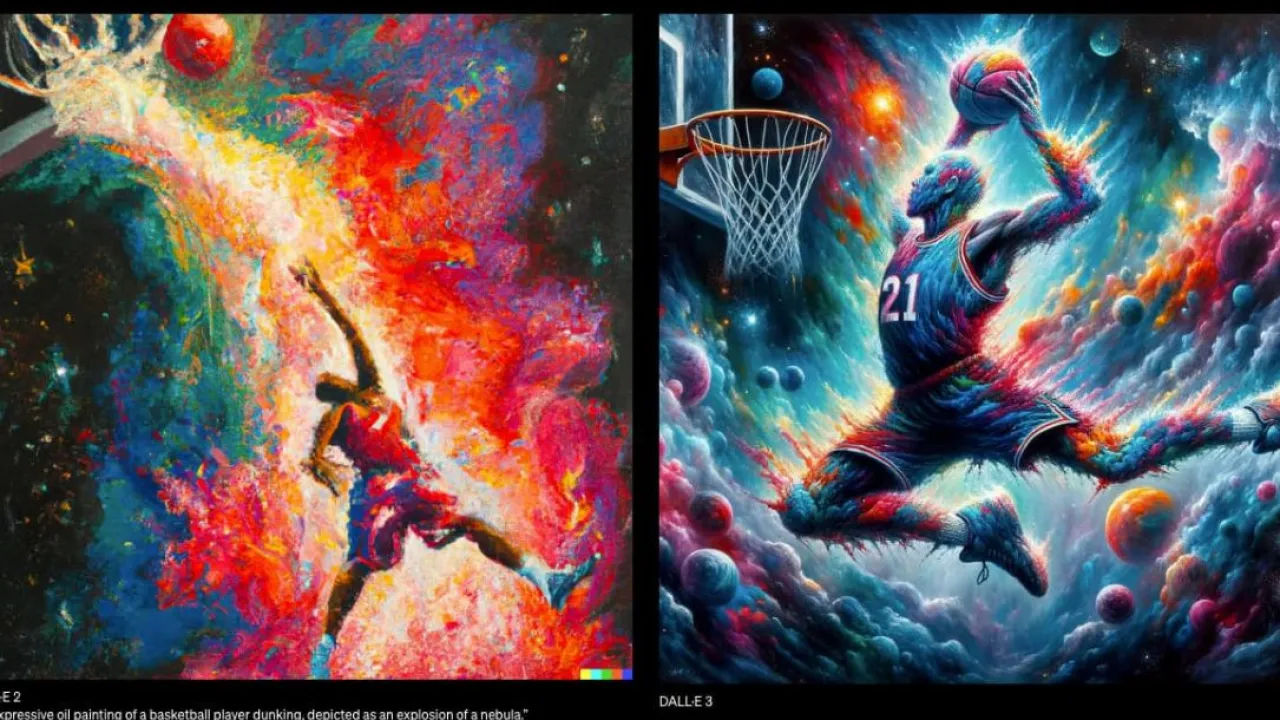OpenAI Enhances Transparency with Watermarks for AI-Generated Images via DALL-E 3
OpenAI has taken a significant step toward enhancing transparency and accountability in AI-generated content by introducing watermarks to the metadata of images produced by DALL-E 3, this move aligns with the growing support for the standards of the Coalition for Content Provenance and Authenticity (C2PA), demonstrating a commitment to ethical AI practices.

Watermarking AI-Generated Content:
The watermarks, designed in accordance with C2PA standards, are integrated into images generated through ChatGPT and the DALL-E 3 API interface, mobile users started receiving watermarked images from February 12, these watermarks include invisible metadata and a visible “Content Credentials” icon, located at the top left corner of each image, facilitating the verification of the AI tool used in content creation.
Verifying AI Content Source:
Users can verify the origin of any OpenAI platform-generated image via websites like Content Credentials Verify, currently, AI companies can add watermarks to still images, but not to video or text content, OpenAI assures that watermark metadata has minimal impact on access times and does not degrade image quality, though it may slightly increase image sizes for certain tasks.

The Role of C2PA:
The C2PA coalition advocates for the use of “Content Credentials” watermark metadata to identify the content source and distinguish between human and AI creations. Adobe, a key player in the coalition, developed the Content Credentials icon, which OpenAI plans to incorporate into images generated with DALL-E 3.
Industry and Regulatory Moves:
Meta has also announced the addition of watermarks to AI-generated content across its social media platforms, this approach is in line with the Biden administration’s executive order on artificial intelligence, emphasizing the importance of identifying AI-generated content, however, watermarks are not a foolproof method for stopping misinformation.
Challenges in Metadata Persistence:
OpenAI acknowledges that C2PA standard metadata can be easily removed, either accidentally or intentionally, especially as most social media platforms often strip metadata from uploaded content, taking a screenshot also eliminates metadata.
OpenAI’s implementation of watermarks for AI-generated images is a key step toward increasing the credibility of digital information, by adopting methods to identify sources and encouraging users to recognize these signals, OpenAI aims to foster a more transparent and trustworthy digital ecosystem, despite the challenges in maintaining metadata integrity.

